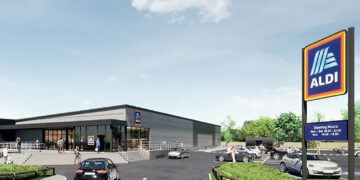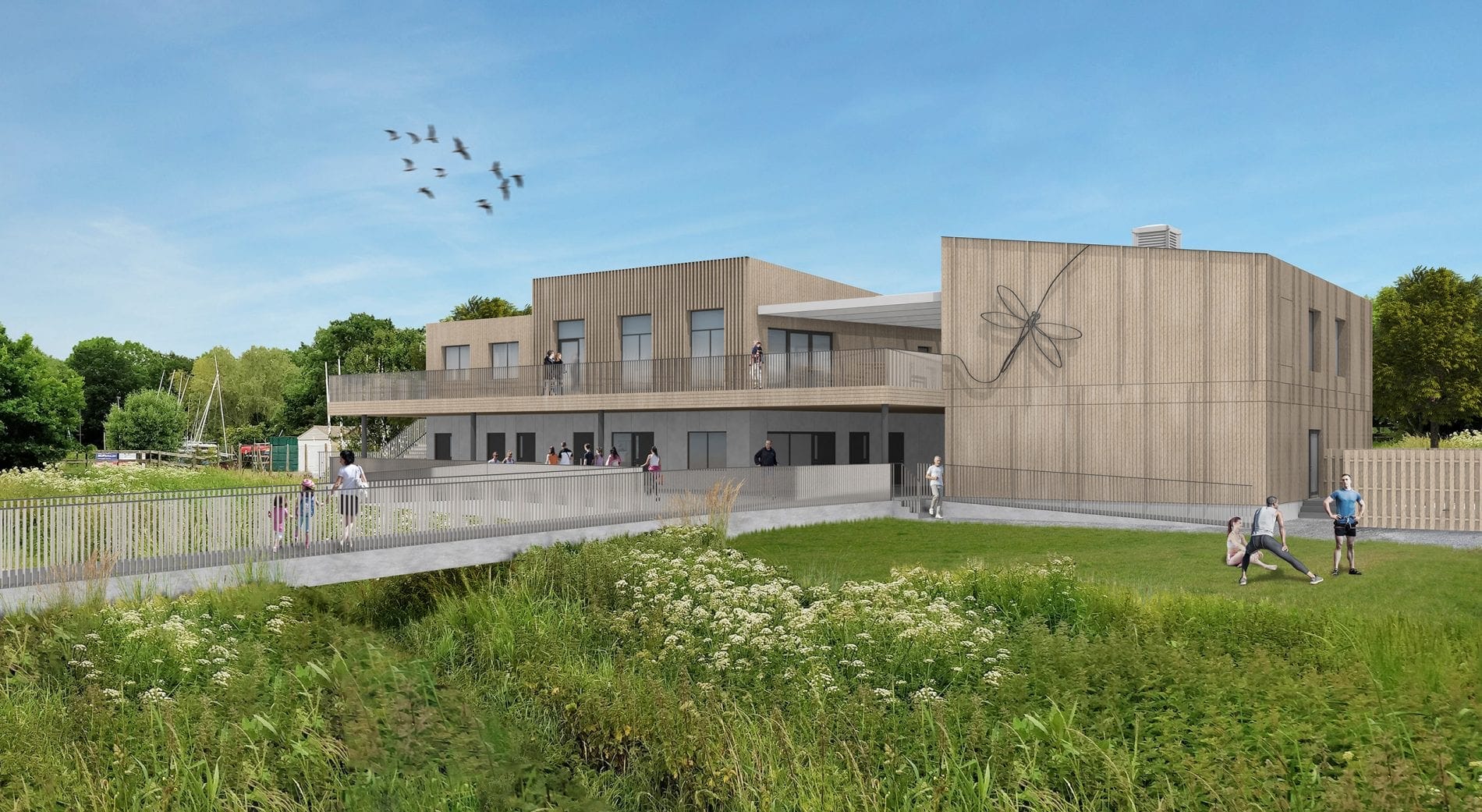BUILDING to achieve carbon neutrality was the topic presented by the council emissions leader earlier this month.
Speaking at a Built Environment Networking event, Cllr Gregor Murray led a presentation talking about the ways councils can achieve net zero.
Delegates from across the country heard Cllr Murray discuss the merits of modular building techniques which have been adopted by the council in the last year.
Used in the construction of Addington School, and Dinton Pastures Activity Centre, the off-site methods mean less traffic is going back and forth to the site.
The Dinton Pastures project aims to be better than carbon neutral, explained Cllr Murray.
It will be carbon negative — helping to offset emissions elsewhere in the borough, he said.
With solar panels, heat pumps and rainwater harvesting, the technology was explained in detail to attendees.
“It was a fantastic opportunity to chat to people all over the country,” Cllr Murray said. “We talked about Wokingham and our ambitions — and there were quite a lot of questions about specific actions people could take.
“What this shows is that we’re learning as we go, and we’re sharing that information with others. We could keep ideas to ourselves, but that wouldn’t be beneficial elsewhere.”
Earley resident John Booth, tuned into the event. He is often involved with Reading Friends of the Earth but said he is keen Wokingham makes progress too.
“I was impressed that so many professionals seemed to be taking the opportunity seriously,” he said.
In October, the council broke ground on the net-zero carbon building.
The two-storey centre will include an activity hall, a coffee shop, a lakeside terrace, meeting rooms, a changing spaces facility and cycle parking.
It is the first local authority carbon-neutral building in the South East.
Michael Ruddick, director of the modular construction company Reds10, said he is delighted to be working on the project.
“We are challenging what is possible with off-site construction with a non-standard design that not only includes cutting edge eco-technology but also uses external materials and features that will tie the building into the site for a seamless integration of the building with the natural landscape it sits in,” he said.
All being well, it will be pressed into use from the spring of next year, and the existing centre will remain open throughout the construction period, although some car parking will be limited and there will be changes to pedestrian access.










































